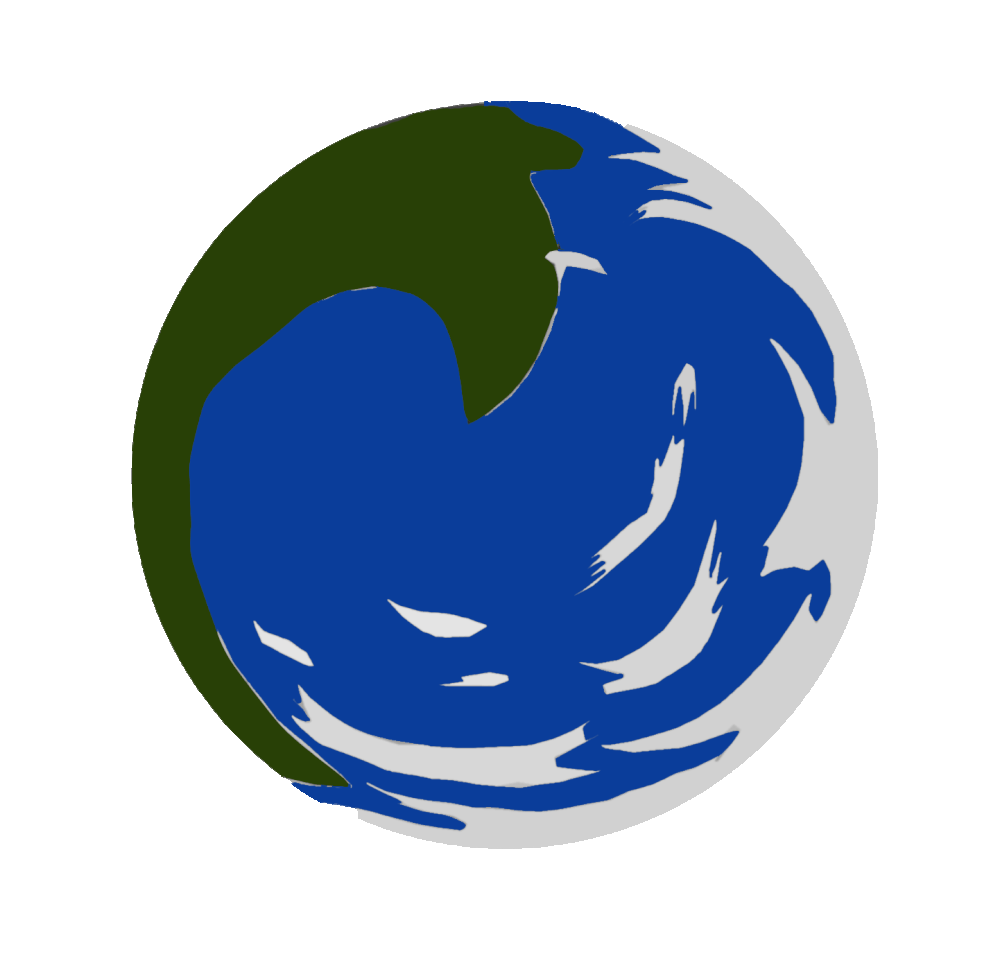In recent years the art community has seen a rise in what you might call a “painting party.” For many small business groups, it’s the concept of a single night’s painting class in which a group of adults all paint a simple design while enjoying a bottle of wine or other beverage to relax. Thees BYOB nights have popped up all around the country and what started small has become a national phenomenon. However, with more and more people signing up for these events, I have to wonder about the long term implications of what might happen to artists and art as a whole.
What does excite me about the opportunity these events bring to communities is how it opens new doors for many people and teaches them that they can be creative even if they have never thought of themselves as such before. In opening up new people to the world of art, it has begun to build their confidence in understanding the visual arts as well as being able to relate to artists rather than admire or gawk at them from a distance. However this understanding I believe can come at a high cost if we’re not careful. With the confidence to just paint something for yourself, these avid creators may not find the need to support and collect works from working professionals and skilled hobbyists anymore.
Art should always feel accessible and “fun” for the creator, but this type of relaxing fun at these “painting parties,” cannot and should not take the place of fine art in our communities. In the mid 20th century there was a rise in the DIY culture for remodeling homes in suburban America. In most cases it became the norm to tackle large carpentry or interior designs to improve one’s home and lifestyle. These days hardware stores market themselves on this principle and it’s become integrated in our culture today. However out of the DIY movement came a slew of problems. Not all remodeling can be considered DIY, especially a number of electrical and plumbing projects, which have often plagued the average Do It Yourselfer and caused thousands of poorly designed and constructed homes across the country.
So what does this have to do with painting parties? To put it simply when the visual arts are pushed into the DIY world, everyone suffers. If people reach a point where they decorate their homes with their own attempts at fine art, while at the same time moving forward with the mentality of “I can just make my own, I don’t need to buy something,” then the visual fine artist will go extinct. To limit the arts to simply something that can be done on a Friday evening for a couple hours, is to cause serious harm to the global art community and our culture as a whole. The dumbing down of painting in this case into the “party” mentality can potentially rob our society of the culture of great art; and in its place build an anarchy of DIY “arts and crafts.”
However, this isn’t to say these party events are all bad. As I began, creating a fresh and engaged group of creative adults is something our culture is in desperate need of. The more and more people become engaged in the act of creating (in whatever form it takes), the more we will see a surge in the education and respect for the fine arts which could grow exponentially. I don’t feel that we are in either side of these extremes as of yet, however the dark side of them could easily overtake the culture not check on every now and then. As these types of businesses and events continue to flourish, it’s everyone’s responsibility not to simply limit our view of the visual fine arts. While the painting process is fun and rewarding it’s more than just something that takes a few hours while sipping on a glass of Merlot in a building that was once a pizza shop. Instead these events should be using the creative outlet to build up our desire for the beauty and aesthetics of work created by professionals and skilled hobbyists working in the field today.
